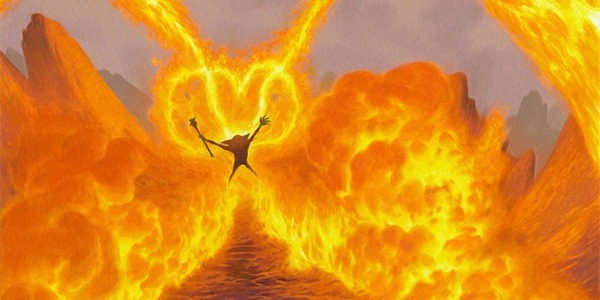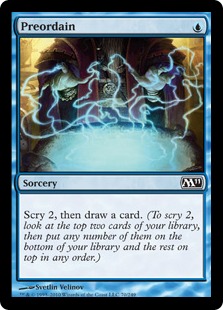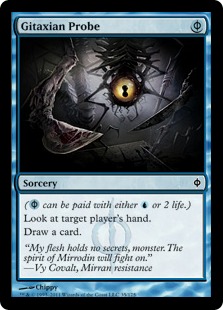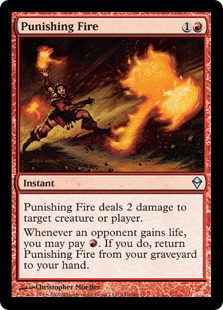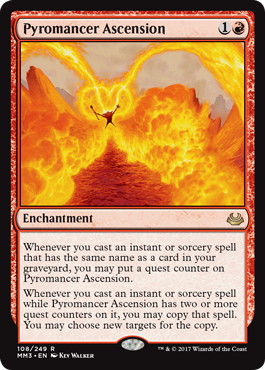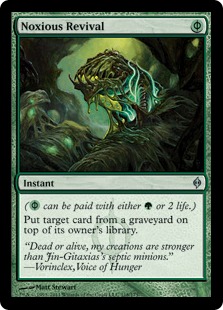Introduction
Pro Tour Rivals of Ixalan in Bilbao is in the books and sadly for me it proved to be a failure. I did not make day two for the first time in years with a record of 3-5 with a 1-2 in limited and a 2-3 record in Modern. Having a losing record in both formats was a tough pill to swallow. I dislike this limited format very much and didn’t prepare enough as a result I suppose. I did think my deck was slightly above average if not by much though.
The good thing about a tournament gone awry is that you have more opportunity to reflect and see where you could have done better. Most, if not all of us will have bad days or bad tournaments in general at some point. There can be many reasons for this and it is important to figure those out and make a small step towards avoiding them in the future. This is how we get better. Without failure there can be no improvement.
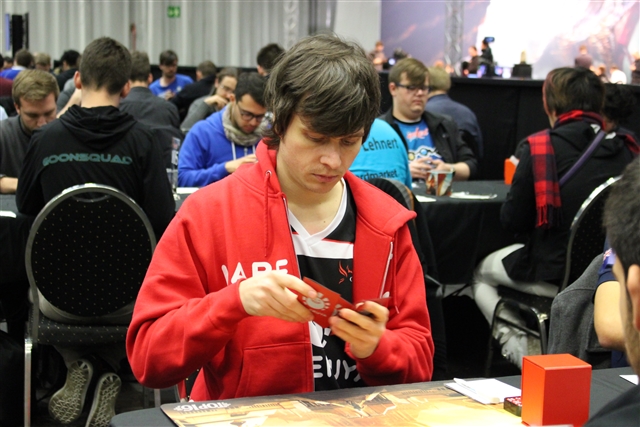
For me the main problem that I identified was preparation. A large part of any tournament is done before the actual tournament starts. In constructed coming with the best deck for the field is a large part responsible for doing well. Also knowing the expected field, the cards in the decks you are likely to face, critical turns or cards for the matchups you will play. All these things can make the difference between losing a game or winning one and all of them are part of the preparation. In limited you have to not only know all the cards and their respective worth or powerlevel but also how games usually play, what the turning points in most games are, how fast the format is, critical toughness numbers and so on.
For this Pro Tour I was struggling with my preparation. I like Modern a decent amount and feel comfortable with the format, but this limited format seemed anathema to me. I could go to lengths as to why, but there is no point. When you expect to do well at any given tournament you will have to sometimes face a format that will, for some reason or other, not click with you. Recently that has been Standard for a lot of people or Ixalan limited, but it might be Modern or Legacy or whatever depending on your preposition. Nonetheless if your goal is winning you should make an effort to have the best possible preparation for any format and this is likely where I failed.
All my games were close and a little more luck might have easily gotten me a much better score at the tournament. Luck however cannot be counted upon and as such should not be part of your evaluation. Better preparation and better gameplay however could have also made a difference and those are up to me to change. Try to focus on what you could have done better rather on what was outside of your control.
You will lose some games due to luck where there was nothing you could have done. Everyone needs to accept that as part of the game. A lot of the time however there are things, either before the tournament started or during the game or sideboarding, that you could have done differently to change the outcome of the game in your favor. Whenever you lose you should try and figure out some of those things for the future and learn from those mistakes. Everyone makes mistakes, and minimizing them is a big part of what makes a player great.
Preparation for Modern
My preparation for Modern was also somewhat difficult in that my team decided not to test together for this Pro Tour like we usually do, since it is very difficult to actually test for Modern. The wealth of different decks and strategies you can realistically expect to face in any given tournament makes a cohesive testing process a very daunting and time consuming effort in futility. The best way to prepare is likey to pick a deck and play it in a tournament environment, either in person or on Magic Online. That was you get to learn your own deck in a competitive environment as well as play against a large swath of decks.
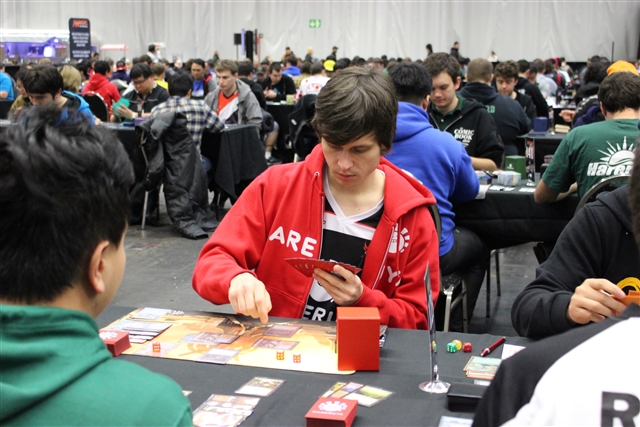
The deck I decided to play is not really playable on Magic Online however and the number of in person, competitive tournaments I have access to is very low. I do believe that the deck is very strong and that it was a good choice for the tournament. However the fine tuning that usually comes from playing it a decent amount and seeing what works, which cards to trim, which sideboard slots are important and so on, that was missing and might have cost me valuable percentage points during the Pro Tour. Since most of my games were extremely close, those percentage points might very well have been the factor that led me to a 2-3 record instead of a possible 5-0 record that might have easily changed my entire tournament.
Deck That Evolved the Wild West
The deck I played goes back to my very first Pro Tour, which was also the first Modern Pro Tour in Philadelphia. As in my last few articles on Modern this deck is essentially a control deck with a combo finish as is my want in this format. I originally built the deck for the wild west that was that first Modern Pro Tour and it used to have cards like 《Preordain》, 《Ponder》, 《Gitaxian Probe》 and 《Punishing Fire》 that are not part of the format anymore.
At least 《Punishing Fire》 and probably 《Gitaxian Probe》 deserved their exodus. Obviously the deck had to change since then, not only in replacing those cards but incorporating new printings and adjusting to the format as it stands now.
- Marc Tobiasch
- – Jeskai Ascension
- Pro Tour Rivals of Ixalan
1 《Mountain》
2 《Steam Vents》
1 《Hallowed Fountain》
1 《Sacred Foundry》
4 《Scalding Tarn》
3 《Flooded Strand》
3 《Spirebluff Canal》
-Land (18)- 4 《Snapcaster Mage》
-Creature (4)-
4 《Lightning Bolt》
4 《Serum Visions》
4 《Opt》
3 《Path to Exile》
3 《Noxious Revival》
2 《Visions of Beyond》
4 《Manamorphose》
4 《Remand》
2 《Cryptic Command》
4 《Pyromancer Ascension》
-Spell (38)-
2 《Monastery Mentor》
2 《Ceremonious Rejection》
2 《Dispel》
2 《Wear // Tear》
2 《Stony Silence》
1 《Vendilion Clique》
1 《Engineered Explosives》
-Sideboard (15)-
This was the deck I played and even though it might be a couple of cards off from perfect between the main and the side I believe it was a very good choice for the tournament as well as going forward in Modern.
How the Deck Works
How the deck works is somewhat complex, but the main way to win is this:
You assemble an active 《Pyromancer Ascension》 (with two counters) as well as having a 《Noxious Revival》 in hand and another either in hand or in the graveyard as well as having 2 《Manamorphose》 either in hand or in the graveyard.
The 《Noxious Revival》 puts, thanks to the copy the second 《Revival》 as well as a 《Manamorphose》 on top which you draw into.
Casting the 《Manamorphose》 will net you a copy which makes two mana and draw into the 《Noxious Revival》. In response to the original 《Manamorphose》 resolving you can cast the 《Revival》 to get back the other 《Manamorphose》 as well as the first 《Revival》.
This process can be repeated indefinately gaining one mana of any color each time, since the loop costs 3 mana (2 for the 《Manamorphose》 and 1 for the 《Revival》) while generating 4.
After generating infinite mana the world is your oyster and you can win the game in a myriad of ways. The easiest one being to swith out a 《Manamorphose》 in the loop for a 《Thought Scour》 from the graveyard and milling the opponent for 4 each time while continuing the loop.
The deck can win as early as turn 3 while having a large amount of disruption and card filtering.
Against Basic 3 Types of Strategies
There are basically 3 types of strategies that are most common in Modern and you have a good plan against each one, which makes for a strong overall competitior in the format.
1) Midgrange Discard/Removal Decks
This includes decks like 《Death's Shadow》, Mardu Pyromancer and GB/x decks.
Their gameplan revolves around stripping your hand of the essential card or cards that make it work while assembling a creature that will kill you in the time it takes to recover. Having a high density of removal and counterspells as well as 《Snapcaster Mage》 to buy them back in conjunction with a large number of cantrips to render their discard angle more or less useless together with a wincondition that is very hard for them to disrupt makes those matchups very good.
2) All-Out (or All-In) Aggressive Decks
This includes any deck that keeps its own interaction to a minimum while trying to get you dead as soon as possible. This includes Burn, Affinity, Humans, B/R 《Hollow One》, Dredge and a million others. It is probably the type of strategy with the most diverse options in the format.
Removal spells and 《Snapcaster Mage》 backed up by decent win condition is the best way to combat this type of strategy availlable in the format (aside from possibly playing 《Ensnaring Bridge》) and we have more of the best removal available the almost any other deck in the format.
3) Big Mana Decks
The main reason typical control decks don’t really work in Modern. These decks go over the top of their opponents by ramping up to large amounts of mana and producing game ending threats early in the game that make everything else obsolete. The most prominent examples are Tron and Valakut decks.
Removal spells don’t cut it here, but the threat density of these decks is typically somewhat low. If you can counter their first one or two threats and win before they find, or are able to cast a new one you tend to have a good matchup. This was why 《Splinter Twin》 was so good against these decks when it was legal and we are doing the same thing.
Conclusion
There are of course other decks running rampant in Modern, which is part of its appeal as a format, but these categories sum up the largest part. In general having a possible turn 3 kill, a hard to interact with victory condition and a large amount of interaction while having the most library manipulation in the format to find the right pieces makes for a powerful and flexible strategy that I can only recommend. I’ve played this deck, off and on for 7 years now and if you have a Modern tournament to go to and some time to practice do give this a shot.
Try and take away how to deal with failure or loss in a tournament in a way that lets you improve on yourself and your game while not focusing on what you cannot control. Look for your mistakes and not for solace in chance.
Anyway, may chance treat you well.
Marc Tobiasch
Recommended Items
German powerhouse who continues to be active in Europe’s premier event and attracts attention. He is also famous as a deck builder. His construction was taken up by official coverage.
In the Pro Tour: Amonkhet, he was undefeated in the draft round, and he won the Top 8 awards with its momentum.



